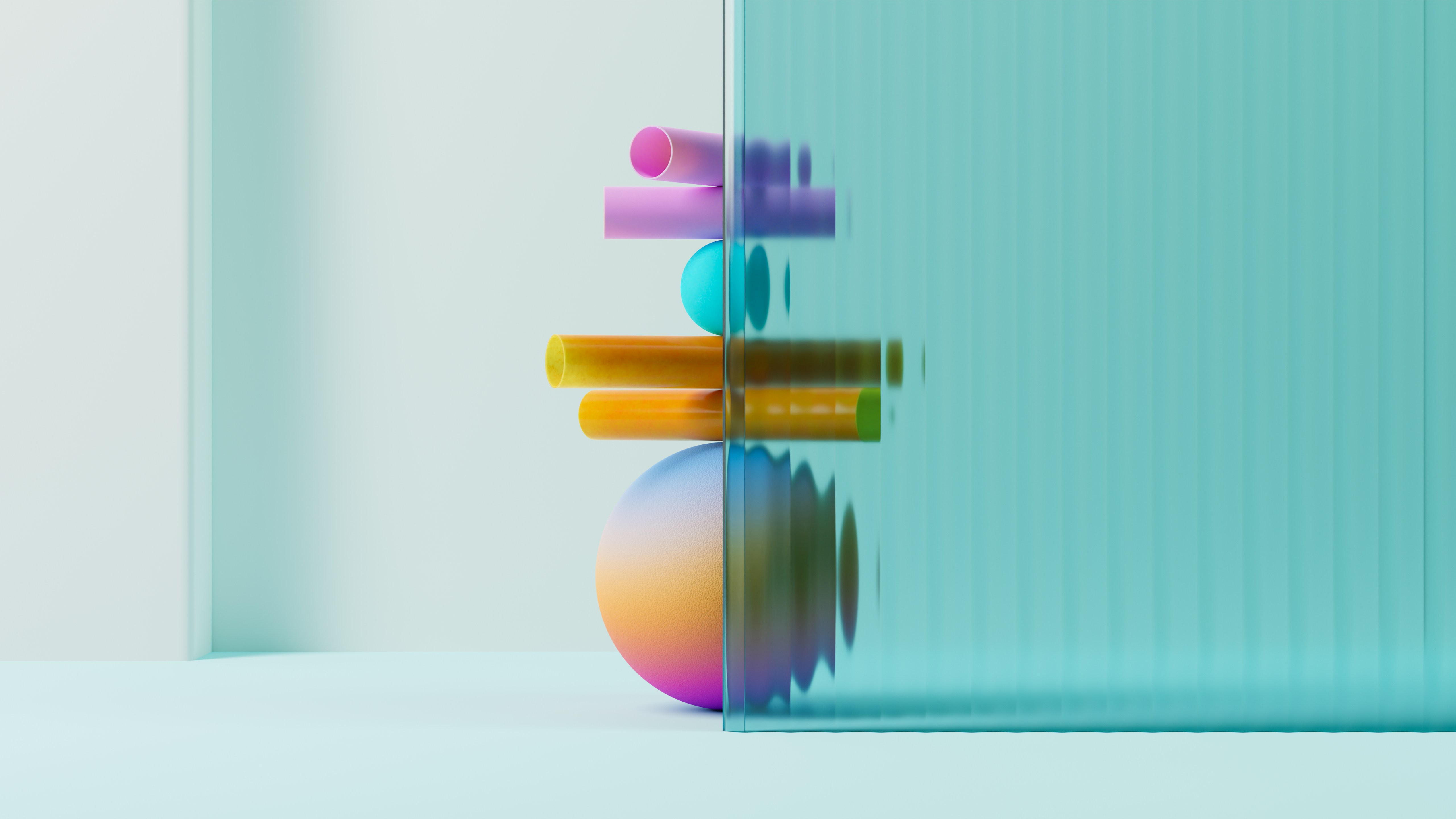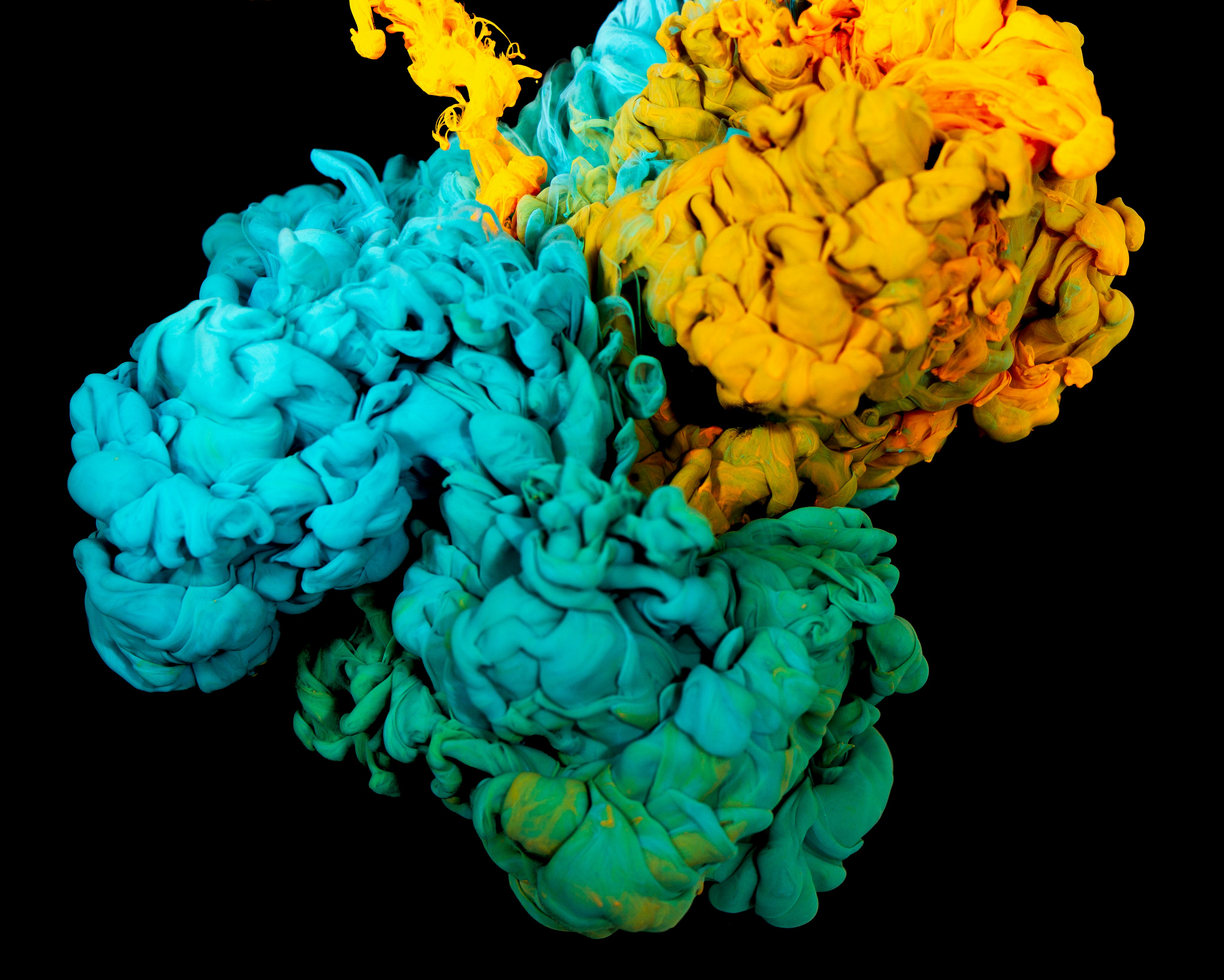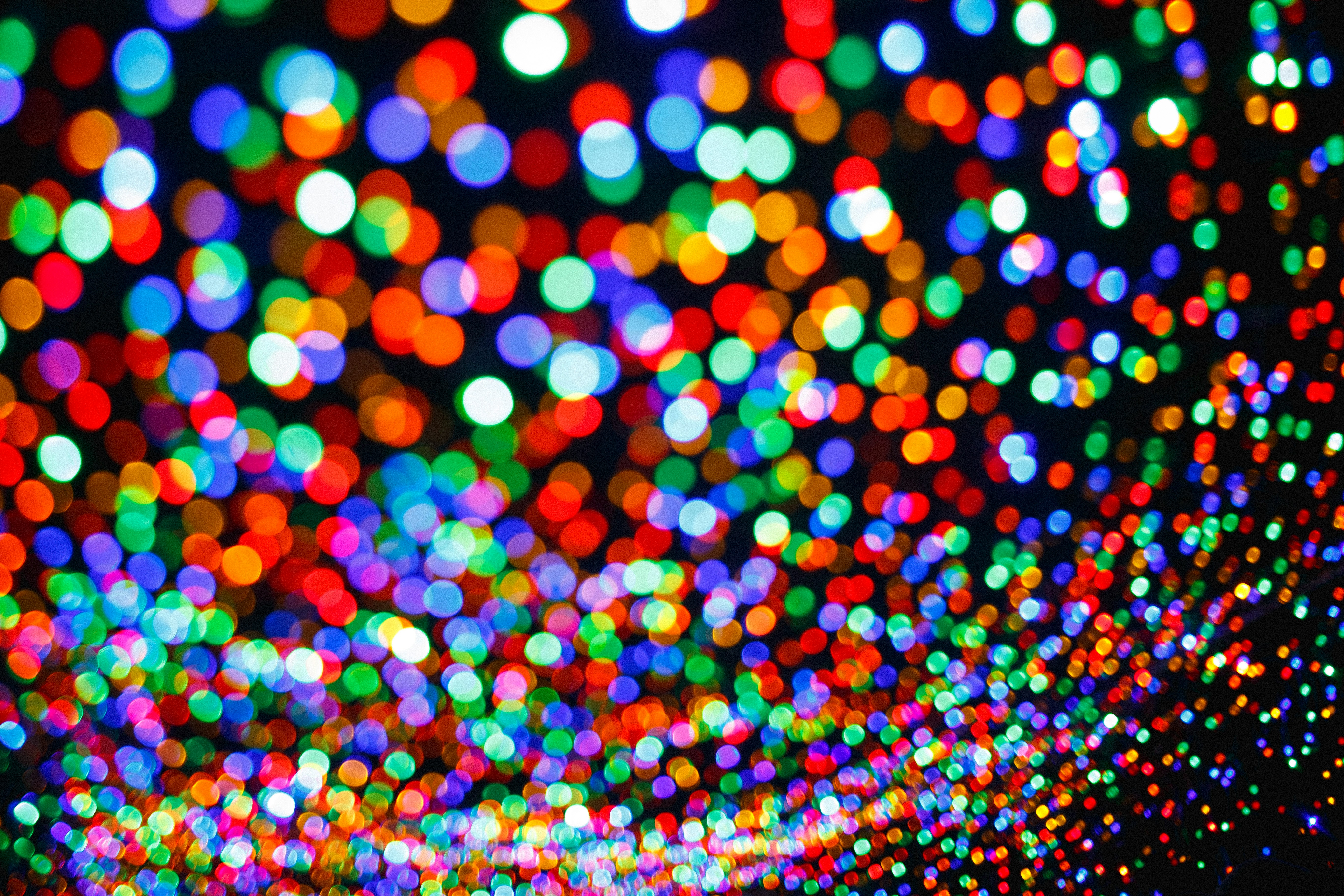The Complete DIY Color Analysis Roadmap for Radiant Results

Dante Kim
April 17th, 2024
Get your color analysis done
in 60 seconds with WhatColors!
DIY color analysis is a fantastic way to understand which colors look best on you and can truly transform your wardrobe. By learning about different color analysis types, you can determine the right color palette that complements your skin tone, eyes, and hair color. Whether you're wearing a bold statement piece or a simple outfit, the right colors can make all the difference. Get ready to revamp your closet and embrace a new color scheme that enhances your natural beauty and style!
Table of Contents
What Is DIY Color Analysis and Why It's Important

DIY color analysis is a process of determining the most flattering colors for an individual’s skin, hair, and eyes, often based on the principles of seasonal color analysis. Seasonal color analysis categorizes individuals into four basic seasons (Spring, Summer, Autumn, and Winter) based on their skin’s undertone, value, and coloring. There are also more nuanced systems with 12 or 16 color seasons.
The benefits of doing a DIY color analysis include
Once you know your colors, shopping for clothes becomes much easier!
You’ll save time and money because you’ll only buy clothes complimenting your natural coloring.
You will have more confidence when you wear colors you know bring out your best.
Wearing the right colors can make less expensive clothes and jewelry look expensive.
A personal color analysis is a great way to build a foundation for your personal style.
You will discover the best hair color for you.
Understanding Color Palettes and Seasons

Color Theory and Seasonal Color Analysis
To understand seasonal color analysis, we need to understand the three aspects or dimensions of color first. They are:
1. Hue & Temperature (Undertone)
The hue defines the color family of an object, or what color it is – green, purple, orange, etc. Although not universally agreed upon, we perceive some colors as warmer and others as cooler. This is often referred to as a color's temperature or undertone. It can be either warm, cool or some combination of the two (neutral).
2. Value (Depth)
Value designates the depth of a color or how light or dark it is. Light colors have had white added to them and are referred to as tints. Similarly, dark colors have had black added to them and are called shades.
3. Chroma / Clarity
Chroma defines a color’s saturation, or how bright (clear) or muted it is. Another way to understand chroma is to think about how ‘close to grey’ a color is. Clear, bright colors are far away from looking grey because they are highly saturated. The more saturation is taken away, the closer a color gets to grey, and the more muted it becomes. Adding grey to a color turns it into a tone.
Warm and Cool Colors in Seasonal Color Analysis
When it comes to seasonal color analysis, there is a general consensus that yellow is the warmest color and blue is the coolest. That is because warm skin tones tend to have yellow undertones, while cool-toned skin has blueish undertones. Thus, colors that are blue-based are classed as cool - the more blue, the cooler the color.
Yellow-based colors are warm. And warmer colors contain more yellow. If a color's undertone is imperceptible, it is a neutral color – neither warm nor cool. Examples are green and red: while pure green consists of yellow and blue in equal parts, pure red contains neither blue nor yellow.
The Four Seasons of Color Analysis
1. Spring Colors
Choose soft and warm colors such as pink, peach, ivory, sand, coral, poppy red, cream, vanilla, eggplant, olive green, caramel salmon, lavender blue, turquoise, and mandarin. Avoid dark and intense colors. Golden and caramel highlights brighten your hair. Do not wear pure white, navy, or burgundy. Choose jewelry in yellow gold, gold, ivory, and jade.
2. Summer Colors
Ideal colors for individuals with very light hair, complexion, and eyes include pale pink, pastels, sky blues, soft blue-greens, lilac, lemon yellows, and ecru. Candy pink, silver and white gold jewelry, white pearls, aquamarines, and diamonds look good on you. Pastel or silver frames personalize your look. Avoid strong colors.
3. Autumn Colors
The autumn palette includes warm, earthy colors such as amber, gold, hazelnut, and ochre. Stay close to brown, easy to match with glamorous leather goods. Wear mustard yellow, khaki, olive green, plum, paprika, and strong orange. Brown is better than black, navy blue, or gray near the face. Dare jewelry and accessories bronze, copper, and rust. Play with nuances for a singular style.
4. Winter Colors
Intense colors are the best picks for winters, including burgundy, purple, dark brown, royal blue, navy, petroleum, duck, bottle green, khaki, fuchsia, and intense purples. Yellows, pinks, blues, and light grays are possible if they are cool and very pale. Avoid warm colors like bright yellow, beige, pastels, and fluorescent.
Related Reading
• Spring Color Analysis
• Autumn Color Analysis
• Summer Color Analysis
• Winter Color Analysis
• AI Color Analysis
What Are the Common DIY Color Analysis Options

Draping Method: Identifying Your Seasonal Palette
I recommend beginning to discover your unique color palette using the draping method. To start, gather scarves that represent each of the four seasons – Spring, Summer, Fall, and Winter. These should consist of colors specific to each season – soft and warm colors for Spring, light and cool colors for Summer, warm and earthy colors for Fall, and cool and intense colors for Winter.
Position yourself in a well-lit area, preferably in natural light, ensuring your face is clear without makeup or colored clothing.
Proceed to drape a fabric from each season around your face, allowing you to observe the effects of the colors on your complexion, hair, and eyes.
Take time to notice how each color suits you – 30 seconds is sufficient – and examine how they interact with your skin, hair, and eyes.
Compare and contrast the effects of the colors on your complexion, eyes, and hair to determine the season that brings out your best features. If one particular season seems more flattering than the others, it's likely your colorimetric season. This method can be conducted independently or with assistance from a friend or family member.
Color Fan Method: Utilizing Color Fan Decks
For a more structured approach, opt for the color fan method. This technique involves using pre-made color fan decks or catalogs with swatches of various hues, arranged by season and undertone – cool, warm, or neutral. To begin, hold each swatch next to your face to identify which colors harmonize best with your features.
This approach enables you to narrow down to a specific palette within a seasonal category, such as soft autumn. Some premium fan products contain detachable strips for a more focused analysis.
Online Quizzes or Virtual Tools: Exploring Digital Solutions
If you prefer digital tools, you can explore online quizzes or virtual color analysis apps. These platforms assess your hair, eye, and skin tone characteristics via uploaded photos and ask relevant questions. Some tools incorporate virtual draping or color visualization features, providing a seasonal palette recommendation based on your inputs.
While the quality of these tools may vary, some are more robust than others, offering accurate results for your color palette.
Unlock your colors and transform your style for free today with WhatColors’ AI Personal Color Analysis app. Download our app for free today on the App Store or Google Play store.
Related Reading
• Korean Color Analysis
• Hair Color Analysis
• Soft Autumn Color Analysis
• Soft Summer Color Analysis
• Bright Spring Color Analysis
• Warm Spring Color Analysis
• Dark Winter Color Analysis
• Autumn Vs Spring Color Analysis
• Deep Autumn Color Analysis
• Cool Summer Color Analysis
• Clear Spring Color Analysis
• Summer Vs Winter Color Analysis
• Dark Autumn Color Analysis
• Light Spring Color Analysis
• How To Do Your Own Color Analysis
• Spring Vs Summer Color Analysis
• Soft Winter Color Analysis
• Soft Spring Color Analysis
What Are the Benefits of Doing a DIY Color Analysis

1. Cost Savings
One of the main benefits of opting for a DIY color analysis over a professional consultation is the cost savings. DIY color analysis is significantly cheaper than hiring a professional color consultant. All you really need are some basic supplies like fabric swatches or color fan decks, which are relatively inexpensive. There are online quizzes and smartphone apps available for free or at a low cost, making it an affordable option for many.
2. Convenience and Accessibility
DIY color analysis allows you to assess your colors from the comfort of your own home at your own convenience. There's no need to travel to an appointment or wait for availability, as you can do it whenever you have the time. You also have the flexibility to redo the analysis as needed if you're unsure of the results, giving you control over the process.
3. Better Self-Understanding
By conducting a DIY color analysis, you can gain a better understanding of your own coloring. Going through the process yourself allows you to learn what shades flatter you the most and develop an eye for color analysis that can be beneficial for future purchases. It's a hands-on experience that can help you confidently choose the right colors for your skin tone.
4. Tailored to Your Preferences
When you choose the DIY route, you have full control over the analysis process. This means you can focus on finding shades that you genuinely love, rather than relying on a consultant's opinion. You also have the freedom to re-analyze your colors if your preferences or coloring change over time, making the analysis adaptable to your needs.
5. No Pressure
Opting for a DIY color analysis means you won't feel rushed or self-conscious as you might in an in-person consultation. You can take your time experimenting with different colors and methods, without needing to justify your sense of what looks best to someone else. This lack of pressure can make the process more enjoyable and less stressful.
What Are the Limitations of a DIY Color Analysis

Accuracy Challenges
DIY color analysis presents a few challenges. Without professional training, it's easy to misinterpret results. It can be quite challenging to objectively assess one's own coloring and undertones accurately. Lighting conditions can skew our perception of how colors appear on us. Limited shade ranges in consumer products can prevent us from accurately determining our color season.
Lack of Customized Guidance
One significant drawback of DIY color analysis is the lack of customized guidance. Without advice, it's difficult to determine which specific colors, and combinations, are ideal for us. We may also struggle to pinpoint the most flattering makeup shades and find it challenging to receive detailed wardrobe planning assistance tailored to our palette.
Potential for Biases
Another challenge with DIY color analysis is the potential for biases. Personal color preferences may sway our judgment, and we might convince ourselves that certain shades look better on us due to emotional attachment. It can be hard to stay neutral and completely objective during self-analysis.
Overwhelming Options
The plethora of DIY methods and tools available can be quite overwhelming. Conflicting information and recommendations across sources may add to the confusion, and there may be uncertainty about which approach is the most reliable for accurate color analysis.
How Much Does a Professional Color Analysis Cost

When considering a professional color analysis, there are several factors that influence the cost of the consultation. The type of service you choose, whether it's in-person or online, will determine the price you pay. In-person consultations are typically the most expensive option, ranging from $200 to $800. On the other hand, online analysis services offer a lower cost, generally between $100 and $300. Some color consultants also provide group rates, allowing you to split the cost with friends.
Factors Influencing the Cost of Color Analysis
Another key factor is the skills and location of the color analyst. Renowned consultants in major cities tend to charge more due to their high demand and the cost of living in metropolitan areas. The depth of analysis you receive is also a determining factor in the price.
Some sessions offer a basic overview of your color season, while others provide a more in-depth analysis including a personalized color palette, makeup recommendations, and style consultation. Additional services such as wardrobe audits, personal shopping, and style consultations can also increase the overall cost but provide a more complete style transformation.
What You Get for Your Money
Investing in a color analysis goes beyond discovering your best colors. With a color analysis, you can expect a personalized color palette tailored to enhance your natural coloring, style recommendations that suit your body type and personal style, makeup and hair color suggestions that align with your color season, and a boost in confidence to make more cohesive and flattering wardrobe choices. Knowing your colors can increase confidence in your style choices, leading to a more cohesive and flattering wardrobe.
Is It Worth the Investment?
Whether a color analysis is worth the investment depends on your personal goals and interest in fashion. If you struggle with selecting colors or want to refresh your style, a color analysis can be a valuable tool. It can save you money in the long run by preventing unflattering or impulse purchases and building a wardrobe that makes you feel confident and cohesive.
Related Reading
• 16 Season Color Analysis
• Color Analysis Quiz Photo
• Color Analysis Quiz
• Seasonal Color Analysis
• Professional Color Analysis
• Color Analysis Wheel
• Color Analysis Cost
• Virtual Color Analysis
• Best Color Analysis App
Try AI Personal Color Analysis For Free Today
I've always been interested in finding ways to help people feel more confident in their appearance. One of the most exciting innovations in the field of fashion and beauty in recent years has been the development of color analysis technology. One of the most exciting apps to come out of this trend is WhatColors. This is an app that helps you match your wardrobe to your skin tone. This can make a major difference in how you feel about yourself and how you are perceived by others.
Finding Your Perfect Colors
WhatColors helps you find what colors to wear based off on your skin tone. Get your season based off on our skin tone, thanks to our patented color match technology. Get the perfect colors based off on your season. Avoid colors that are a definite no. Based off on your skin, eye and hair color find the perfect nail colors with our WhatColors Nail Color Generator.
Unlock your colors and transform your style for free today with WhatColors’ AI Personal Color Analysis app. Download our app for free today on the App Store or Google Play store.
Enhancing Self-Confidence with WhatColors
I have found that people who use WhatColors often find that they are making more self-confident choices about their appearance. They can use the app's recommendations to find the colors that are most likely to accentuate their natural beauty. This can help them to feel more confident when they step outside to face the world each day.
Download and Try WhatColors Today
Color analysis technology has come a long way since its inception. Modern color analysis apps like WhatColors make it easier than ever for people to find the perfect colors for their skin tone. By downloading the WhatColors app today, you can start making more informed decisions about your wardrobe. You'll learn what colors are most likely to look great on you and which ones you should avoid. This can make a significant positive impact on how you feel about yourself in your daily life.
Try WhatColors today and see the difference that it can make for you!
Get your color analysis done
in 60 seconds with WhatColors!
